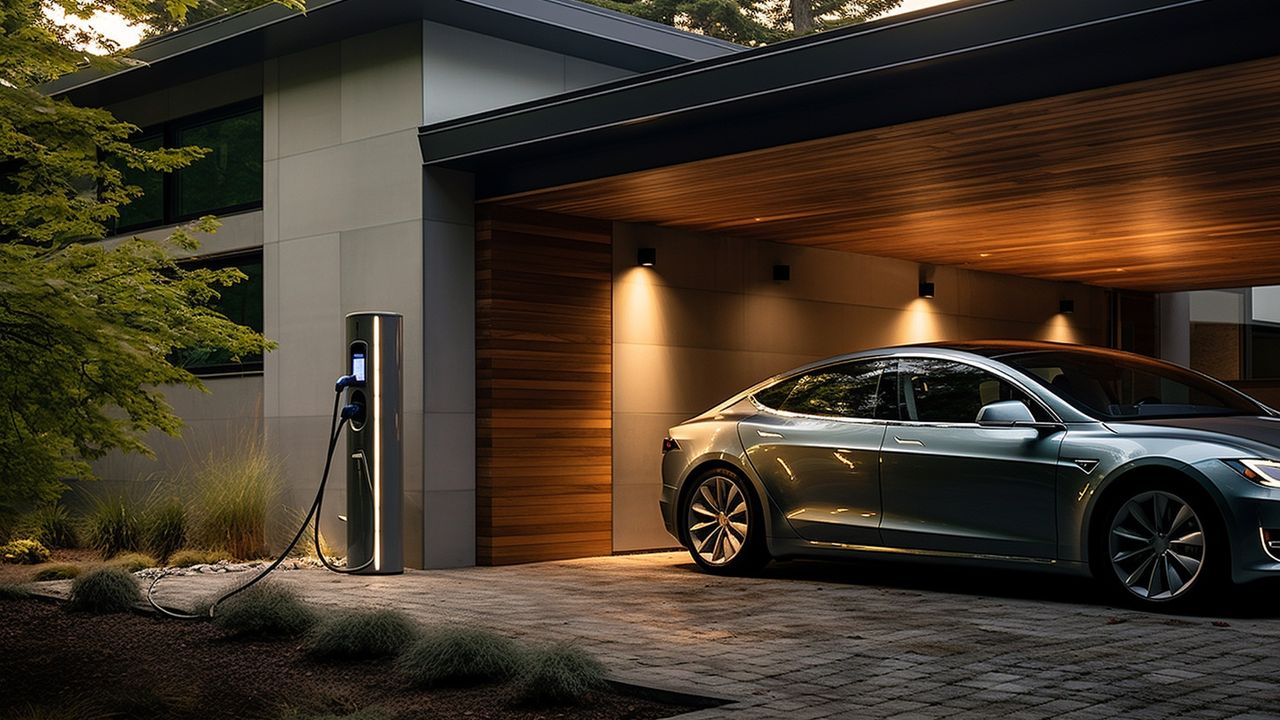Electric Vehicle Charging Infrastructure: Powering the Future
As electric vehicles (EVs) continue to gain popularity, the need for a robust charging infrastructure becomes increasingly important. In this article, we’ll explore the role of charging service providers, the advent of wireless charging, and the significance of EVSE (Electric Vehicle Supply Equipment).
Charging Service Providers: Fueling the EV Revolution
Charging service providers play a crucial role in the growth of electric vehicles by establishing and maintaining charging stations. These providers work closely with businesses, municipalities, and other organizations to ensure convenient access to charging facilities for EV owners.
One of the key benefits of charging service providers is the ability to offer a variety of charging speeds. Typically, charging stations are classified into three levels:
- Level 1: This is the slowest charging option, using a standard 120-volt household outlet. It is ideal for overnight charging at home.
- Level 2: These chargers require a 240-volt power source and provide faster charging times. Level 2 charging stations are commonly found in public places like shopping centers and parking lots.
- Level 3 (DC Fast Charging): This is the fastest charging option, capable of delivering a significant amount of power in a short time. Level 3 chargers are typically found along major highways or in commercial areas.
Charging service providers work to ensure that a mix of these charging options is available to meet the diverse needs of EV owners. Their aim is to make charging as convenient and accessible as possible, encouraging the adoption of electric vehicles.
Wireless Charging: Cutting the Cord
Wireless charging is an emerging technology that aims to simplify the charging process for electric vehicles. Instead of physically plugging in the vehicle to a charging station, wireless charging uses electromagnetic fields to transfer energy between a charging pad on the ground and a receiver on the EV.
This innovative approach to charging offers several advantages. Firstly, it eliminates the need for cables and connectors, making the charging process more user-friendly. EV owners can simply park their vehicles over a charging pad, and the charging process begins automatically.
Secondly, wireless charging helps reduce wear and tear on both the charging infrastructure and the EV itself. Without physical connectors, there is less chance of damage due to frequent plugging and unplugging.
While wireless charging technology is still in its early stages, it holds great promise for the future of electric vehicle charging. As the technology evolves, we can expect to see more widespread adoption and integration of wireless charging infrastructure.
EVSE: The Backbone of EV Charging
Electric Vehicle Supply Equipment (EVSE) is the infrastructure that enables the connection between the charging station and the electric vehicle. It acts as the intermediary, ensuring the safe and efficient transfer of electricity.
EVSE consists of various components, including the charging station, power electronics, and communication systems. The charging station is where the physical connection is made with the EV, while the power electronics manage the flow of electricity. The communication systems, on the other hand, enable data exchange between the charging station and the EV, allowing for monitoring and control.
EVSE plays a critical role in ensuring the safety and reliability of electric vehicle charging. It adheres to strict standards and regulations to protect against electrical faults and potential hazards. Additionally, EVSE allows for advanced features such as load management, which helps distribute the available power among multiple charging stations to prevent grid overload.
Conclusion
The development of a robust electric vehicle charging infrastructure is crucial for the widespread adoption of electric vehicles. Charging service providers, wireless charging technology, and EVSE are all key components in this evolving landscape. As we continue to invest in these areas, we can look forward to a future where electric vehicle charging is seamless, convenient, and accessible for all.
